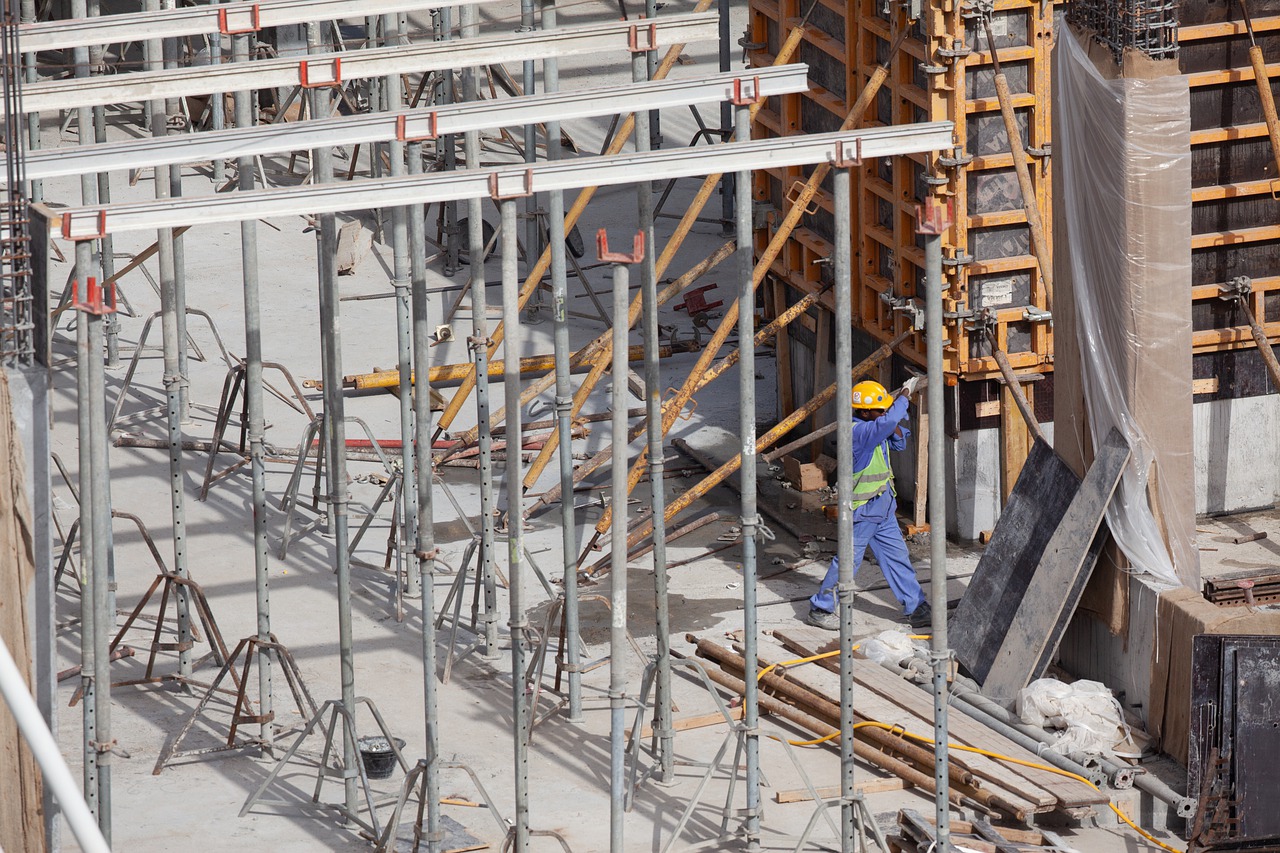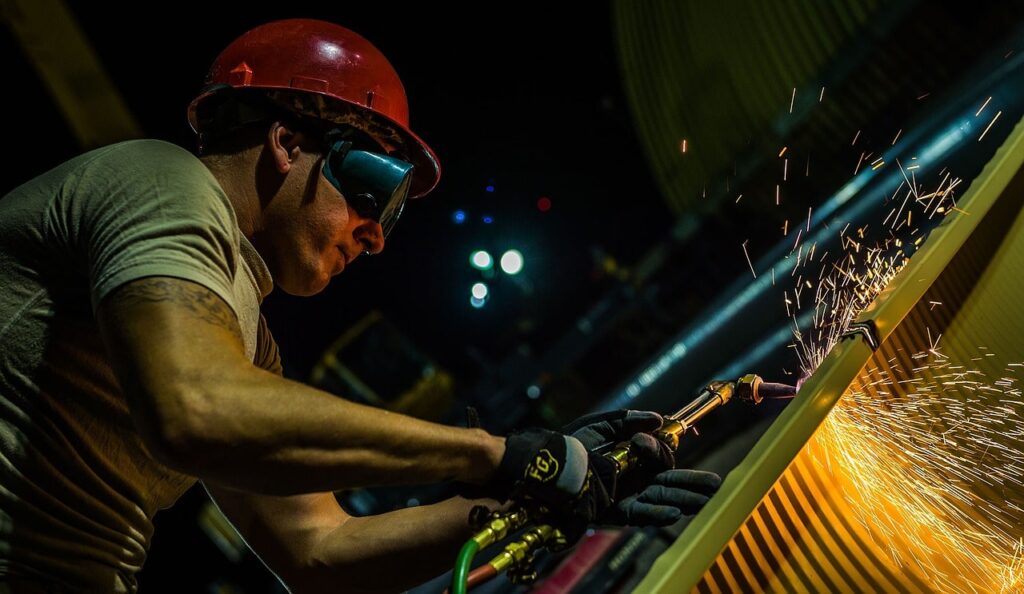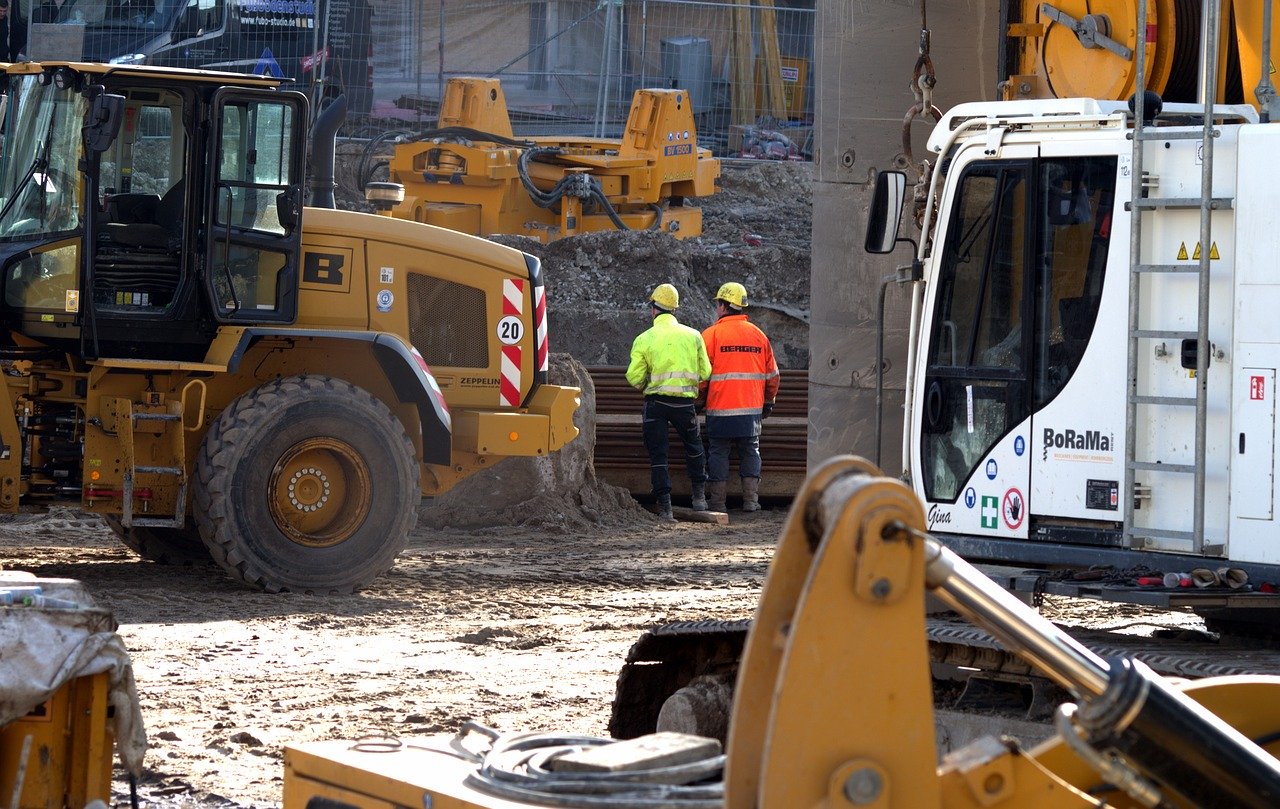Construction projects are always complex. A number of teams and stakeholders are coming together to complete their tasks according to the agreed plan. In that sense, it quickly becomes clear that collaboration is a key component of success in construction.
Free ebook: Why WhatsApp and Excel aren’t enough for running complex construction projects
Nevertheless, good collaboration always relies on a strong culture of trust and timely decisions. Unfortunately, the construction industry is still struggling with both. That has a direct impact on how a project develops as many interruptions on the site emerge due to the late flagging of critical issues or the unwillingness of project stakeholders to take on the blame that corresponds to their role.
It is worth saying that 44% of construction delays are a result of interruptions in the way a project unravels. If we go a little deeper, we will notice that the four main reasons behind this 44% appear to be the following:
- Delays due to errors (44%)
- Delays due to late reply to RFIs (20%)
- Change to specifications (18%)
- Poor weather conditions and other factors (18%)
It doesn’t take much, then, to realise that reducing problems and delays during execution should be the primary point of focus for keeping the budget of your projects under control.
This could, subsequently, initiate a meaningful change in how different stakeholders in construction are working with each other and more importantly how much they trust one another.
People, processes, tools: The 3 keys to success
Digital technologies are continuously transforming the way we work, communicate, and eventually build in the construction industry. However, it remains extremely difficult to use them at their full potential unless you have all the vital components in place: people, processes, and tools.
A strategic approach that focuses on enabling fast decision-making and the timely completion of projects is required. Only then, construction will be able to restore trust in contractual relations and break the power of habit that is one of the biggest enemies for the entire sector.
This deep transformation starts, of course, from the three elements we mentioned above. Setting up this framework in an effective manner will help you flag crucial problems as soon as they come on the surface ensuring that you are not getting trapped in a spiral of unproductive communication.
Read more: Getting rid of the old habits – How to succeed in the digital transformation of your company
It might sound simple but it’s much more challenging than you might think. It goes without saying that people are the cornerstone of this effort. Convincing them to trust their co-workers and the new technology are the first steps towards a substantial change.
After that, comes the search for the tools that correspond to your projects’ needs and the processes that will allow you to make the most out of implementing software solutions in your organisation.
In many cases, Project Directors make the mistake of going after the fancy instead of taking into consideration the true needs of their projects. As a result, they end up working with digital solutions that aren’t a good fit for construction adding even more confusion to their processes.
This is why it’s important to standardise before you even start looking for software. That will help you identify the true needs behind your projects and make the right choice without throwing tons of money out of the window. Through that clarity, you will also be able to improve collaboration on your projects and facilitate the transition to an open way of working.
Five steps to a collaborative model
McKinsey and Company released recently a very insightful report on how construction could embrace a new collaborative model in order to escape from the blame culture and rebuild trust in the sector.
In short, here are five steps that project owners and other stakeholders in construction can take to move the industry towards a more collaborative ecosystem:
1. Start by assessing the collaboration readiness of your organisation
Knowing the strong and weak points of your organisation is of paramount importance for the successful outcome of this process. According to McKinsey experts, here are the main parameters you need to consider when you assess collaboration readiness:
- Having a solid organisation framework that will allow the implementation of a new collaborative approach across all stages of the organisation.
- Flexible project culture.
- The creation and maintenance of a strong portfolio of projects to support the long-term strategy of the organisation.
- An established E&C partner ecosystem and an agile approach to tender processes.
- Openness to take on risk and adopt a forward-thinking risk-management philosophy.
2. Find the right partners
Having the right partners by your side can make a big difference. You need to initiate alliances with organisations and stakeholders who share the same working culture but have a different set of capabilities so that you can complement each other. Financial stability is also key to ensure the longevity of your partnership.
What the senior management and project teams of your partner organisations think of this collaboration is another area that requires a lot of attention. As smartly described in the McKinsey report, “Relationships are what moves the needle.” A good relationship between all project teams can open the path to strong and proactive decision making.
In any case, though, be prepared to meet some resistance in the beginning. That should come as no surprise given that a new way of working will be introduced.
3. Define your projects in detail
Another essential factor highlighted by McKinsey, is that project owners need at an early stage to define well the scope of the project, come up with a solid plan of execution and an accurate cost estimate. Like that, they increase their chances of having a project with healthy financial development leading to less risk and higher profit returns.
This might mean that the initial investment of the owner might be a bit higher but it also means that a successful outcome to the project is also more likely.
4. Keep all partners on the same page
Keeping all stakeholders aligned in terms of responsibilities, goals, and reward is of critical importance for the success of a process like that. It is indispensable that you don’t allow any distractions to come between your teams and the end goal.
In that sense, the owner of the project should be able to provide all sides with incentives that will keep them proactive and valued. That is one of the safest ways to ensure that all project stakeholders will work together towards the successful completion of this collaboration.
5. Make trust your priority
Introducing and maintaining a collaborative approach is a result of continuous work. It is important that project owners continue to measure the progress of their projects against the goals that have been set.
Furthermore, an extra focus on areas such as knowledge sharing, problem solving, creativity, and curiosity are deemed as fundamental. In that aspect, training throughout the entire project can be considered as a crucial component of change. Lastly, contractual enforcement can be, according to McKinsey, a key element, as well.
How to support your collaboration journey and deliver successfully faster and cheaper
Succeeding on your collaboration journey might sound like an endless process but with the right strategy, it can be the beginning of a new era for your organisation when it comes to delivering projects sooner and within budget.
Below you will find a quick overview of how you can break the blame game in construction and introduce a digital ecosystem that will allow you to complete your projects in a timely manner:
1. Replace old habits and escape admin work
Lack of trust in contractual relationships and a litigious culture are two of the biggest enemies for the construction industry. It is time to break the circle of bad habits in the industry.
A typical €10M construction project is expected to experience approximately 600 interruptions per year. To make things worse, 25% of those interruptions will remain unsolved and for every interruption, a resolution period of 7 days is required.
So things need to change. Communicating critical issues quickly and delivering successful projects faster should turn into cornerstone habits for the entire sector. But for that to happen, we need to rebuild trust between the different project agents and communicate in a clear way that field teams should not be afraid of reporting a problem.
On the contrary, they should adopt a proactive approach as the earlier a problem is flagged the higher the chances that it can be fixed without big repercussions for the project and the team. Outdated schedules and never-ending email threads are only part of the problem, never the solution.
2. Invest in construction-specific tools
Typically, Project Directors and Project Managers are responsible for a number of projects at the same time. Given the complexity of all these projects, it quickly becomes clear that they can turn into a serious bottleneck for the decision-making process of their projects.
With that in mind, it doesn’t take much to understand that field teams should be equipped with the right construction-specific tools to make timely decisions without always having to run everything through their Project Managers.
A digital solution, that is designed for construction, could be a true game-changer as it would make it easier for all stakeholders to send the right updates and information to the right people instantly while maintaining a precise overview of both lookaheads and master plan. Timely reporting could gradually unlock a new level of trust and collaboration in construction.

3. Go digital with your reporting process
Construction projects might differ both in terms of goals and complexity but there is always one key component that remains the same no matter what. That is how effectively project teams report problems that appear on the field.
In many cases, field teams are hesitant to report an issue in the fear of being held accountable for the detected mistake. This leads to information being hidden or not communicated until it’s too late.
Going digital with your reporting process could eventually put an end to that and allocate responsibility to the right sources.
“Our programme is updated at site level. That means that the operative supervisor provides us the information from the site. So we get photos; we get updates. This allows the team to take more ownership and provides us with visibility across the whole site team,” explains Matt Ghinn, Project Director at VolkerFitzpatrick, after digitalising the reporting process on his organisation through the implementation of LetsBuild.
4. Implement and improve
At the end of the day, everything comes down to taking action and start implementing a new way of communicating and collaborating around a project. Breaking the circle of mistrust will eventually lead to a better-functioning industry where the successful delivery of a project faster and with positive margins isn’t the exception but the rule.
For that to happen, though, it is indispensable to identify the true needs of your projects and find the tools that will help you collect the right data. That will allow you to improve your processes and increase accountability on your projects.
Without a doubt, the digital transformation of your business is a demanding journey. Even if you think that you can do it yourself, it is better that you listen to the experts and ask for help from someone who has done it again in the past. Only then, you will be sure that you can avoid common mistakes and feel confident that you have kickstarted the implementation process on the right foot.
Learn where you stand
Being able to reduce delays and instantly flag critical problems in your projects can make a big difference in the effort to bring trust back in contractual relationships. It’s not an overnight project but it’s possible as long as everybody is ready to invest in digital transformation and rely on data for improving the way their teams operate and work together on and off site.
With that in mind, we have launched a detailed guide that can help you understand how you can step by step to reduce construction delays with the help of construction-specific tools. In the guide, you can find useful information on the ways you can massively improve team communication and reduce downtime to ensure successful delivery.
In that manner, we can help assess how far you are on your digital journey and the strategy you need to follow in order to improve team collaboration, boost accountability and ensure higher returns on your projects. Download it for free just by clicking on the button below:





